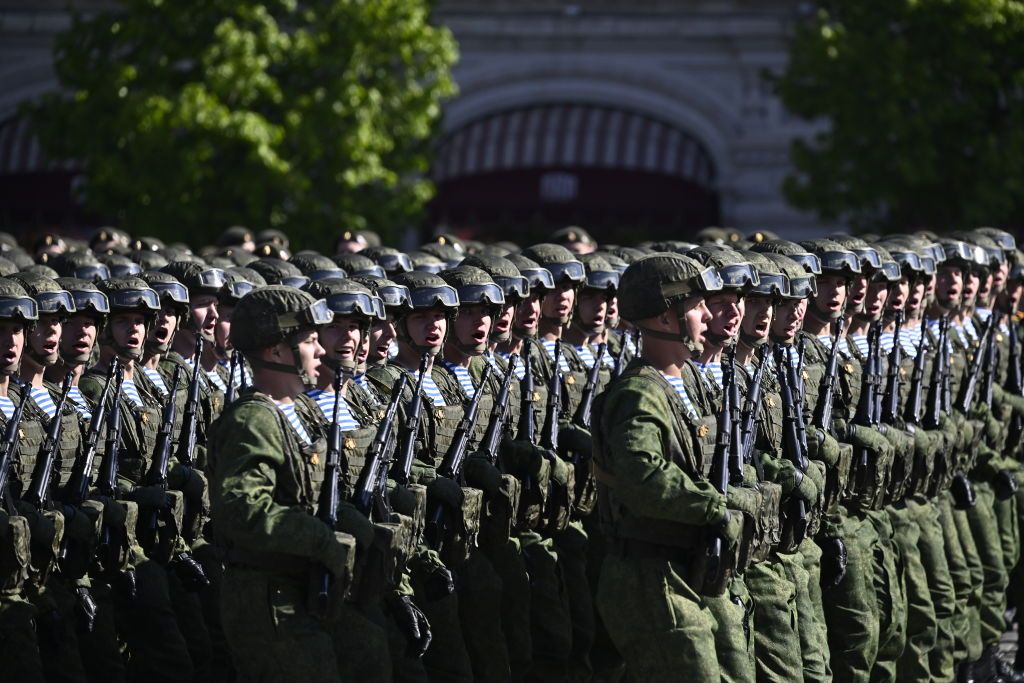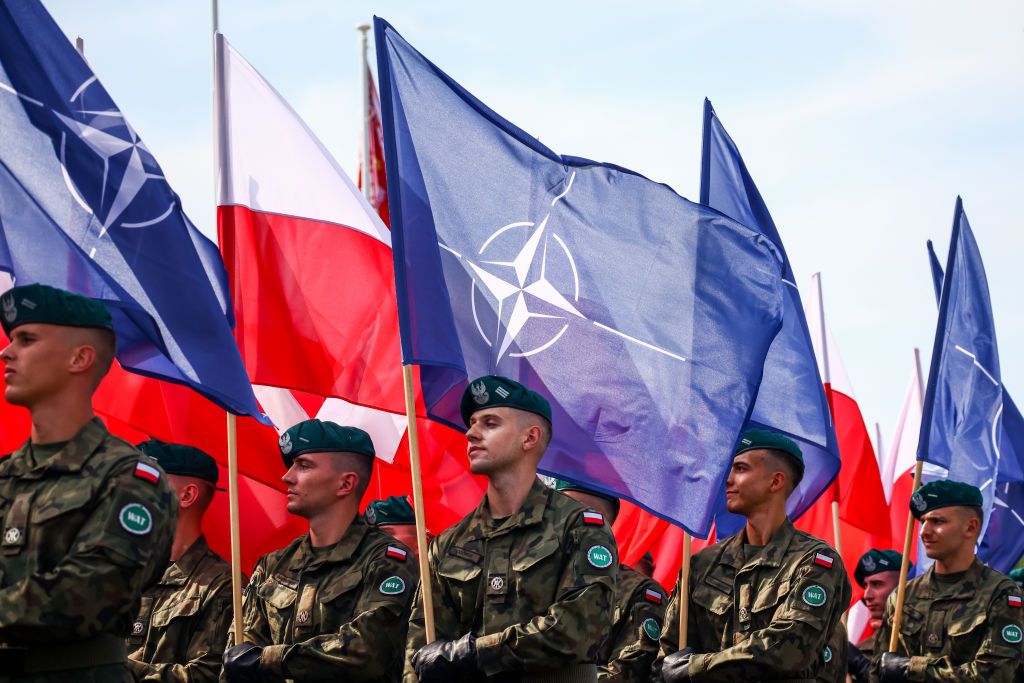
Russia developed offensive plans focusing on civilian and army websites in Japan and South Korea within the occasion of a warfare with NATO, the Monetary Occasions reported on Dec. 31, citing paperwork proven to the outlet by Western sources.
The leaked plans, drawn up between 2008 and 2014 to coach army officers for a possible battle on Russia's jap flank, are reportedly nonetheless thought-about "related to Russian technique" at the moment.
The paperwork define 160 potential targets, together with civilian and army infrastructure equivalent to roads, bridges, factories, and army installations in NATO-allied Japan and South Korea.
The plans detailed how putting these targets might shield Russia's jap flank in a broader battle by disrupting the "regrouping of troops in areas of operational objective."
Navy targets recognized within the plans embrace the central and regional command headquarters of the Japanese and South Korean armed forces, radar installations, air bases, and naval services. Civilian infrastructure targets embrace roads, bridges, and rail tunnels.
Different key websites embrace gas refineries, industrial services equivalent to steelworks and chemical factories in Busan, South Korea, and 13 energy crops, together with a nuclear complicated in Tokai, Japan.
Though the plans have been drafted between 2008 and 2014, each Russia and NATO are actually brazenly discussing the potential for warfare.
Russian Deputy Protection Minister Andrei Belousov, talking at a Protection Ministry assembly on Dec. 16, stated Russia wanted to organize for varied eventualities, together with a "potential battle with NATO throughout the subsequent decade."
Belousov accused NATO of getting ready for warfare, citing actions equivalent to appointing a consultant in Kyiv and supporting Ukraine’s NATO membership through the Alliance's Seventy fifth-anniversary summit in July 2024.
On the Atlantic aspect, European NATO international ministers have begun discussing a gradual improve within the alliance’s protection spending goal from 2% to three% of GDP by 2030.
German Protection Minister Boris Pistorius particularly advocated for a bigger protection price range, saying: "If Putin assaults, we want to have the ability to wage warfare."
 The Kyiv IndependentMartin Fornusek
The Kyiv IndependentMartin Fornusek